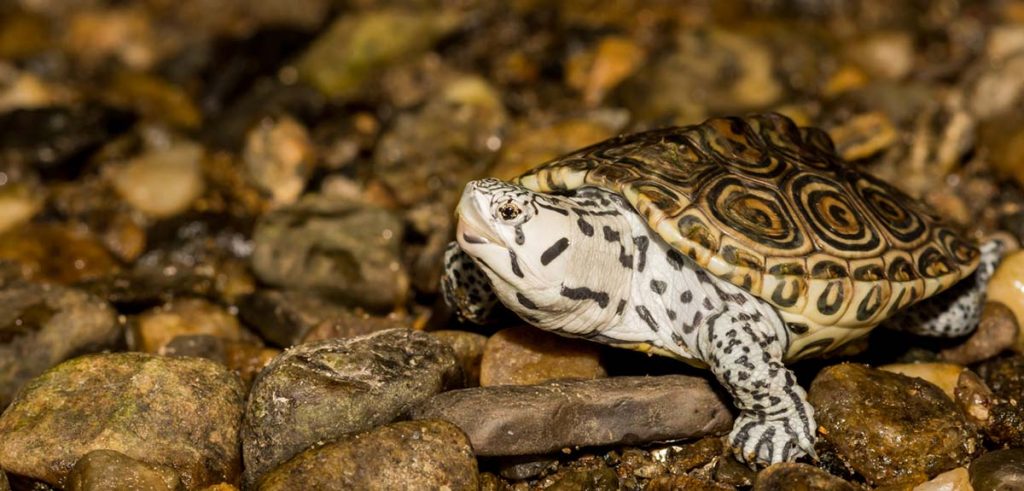I started my undergraduate degree at the University of Rhode Island where I was studying wildlife and conservation biology. During that time, I enrolled in a geology course purely out of interest. I was intent on learning much more than what the one course could teach me. I still loved the environmental side of what I had been studying. I have always loved the outdoors and being in nature.
After a year and a half, I transferred to Bridgewater State University. There I made the decision to switch my degree to Environmental Geosciences. This focus gave me the opportunity to learn more about how the world was formed and how landscapes change through time.
My first exposure to Environmental Geosciences was through research work I did my last year at Bridgewater State. This research position gave me the opportunity to work closely with one of my professors and a small team. The research project provided me with the experience of collecting data and soil samples from the field and processing the samples in a laboratory setting. We analyzed the data to determine if there was a correlation to Northern Diamondback Terrapin Turtle nesting habits and soil characteristics. This would help protect this endangered species preferred nesting habitat. We then presented our research at the university’s research symposium and at the American Geophysical Union Fall 2019 Meeting in San Francisco. This research project allowed me to work as an Environmental Scientist and practice collecting and analyzing data and providing my findings in an easy-to-understand, written manner.
Environmental Scientists must have good observation, analytical, problem solving, and writing skills. The same is true for Environmental Analysts. With the work I do at Bell Oldow, Inc. I hone these skills daily.
Using online databases and client provided reports without the ability to do an on-Site visit I am developing my observation and problem-solving skills every day. Some reports can often say one thing but through their explanation present a different story for the Site. For instance, the report may state that the former on-Site USTs present a Recognized Environmental Condition for the Site, however, when discussing these tanks throughout the report, the details of the tanks make them less likely to be an environmental risk for the Site. This could be due to the time that has passed since the USTs were removed or due to redevelopment of the Site since the USTs were last on-Site. Observing these differences within the report may be critical to determining the correct information.
As an analyst it is important to be clear and concise when communicating to our clients. I continually practice and improve my writing skills while creating a variety of reports for clients. I also learn by reading other reports as examples of how to provide well written and organized reports.
Each Site is like a puzzle that I get to look at, use the data and create the full picture.


